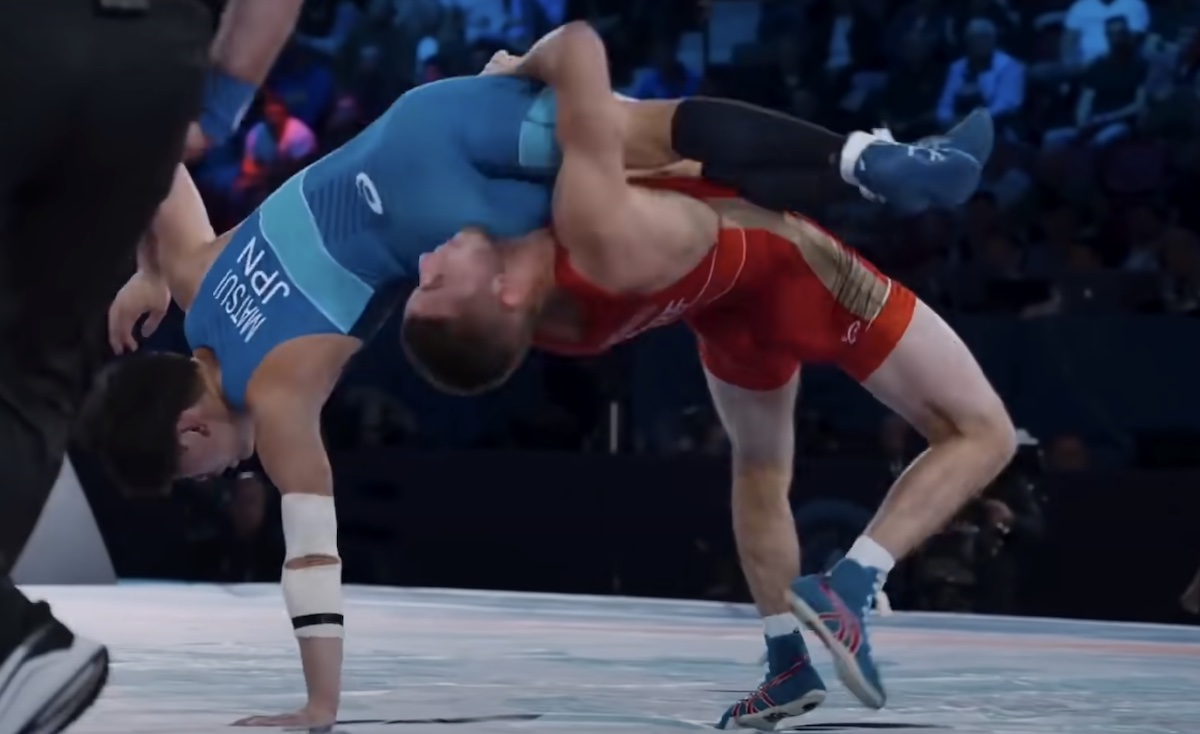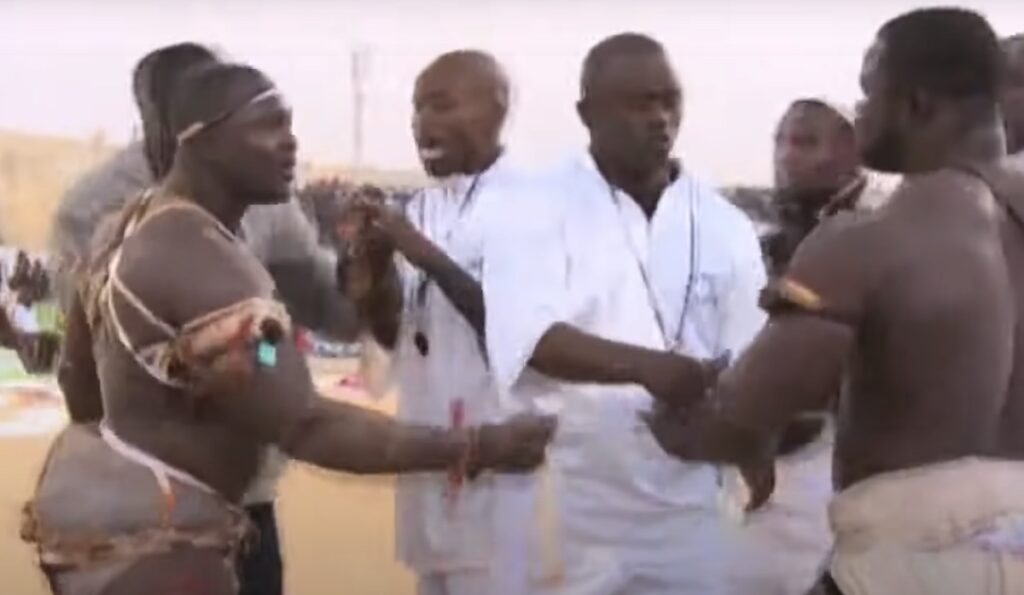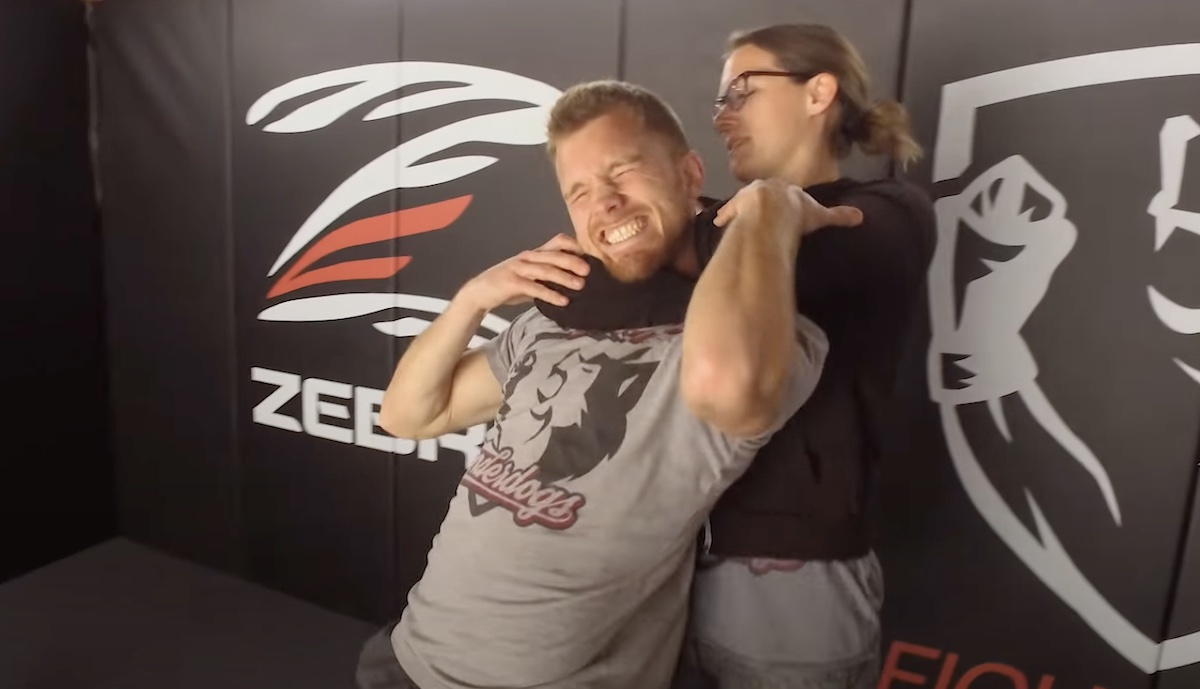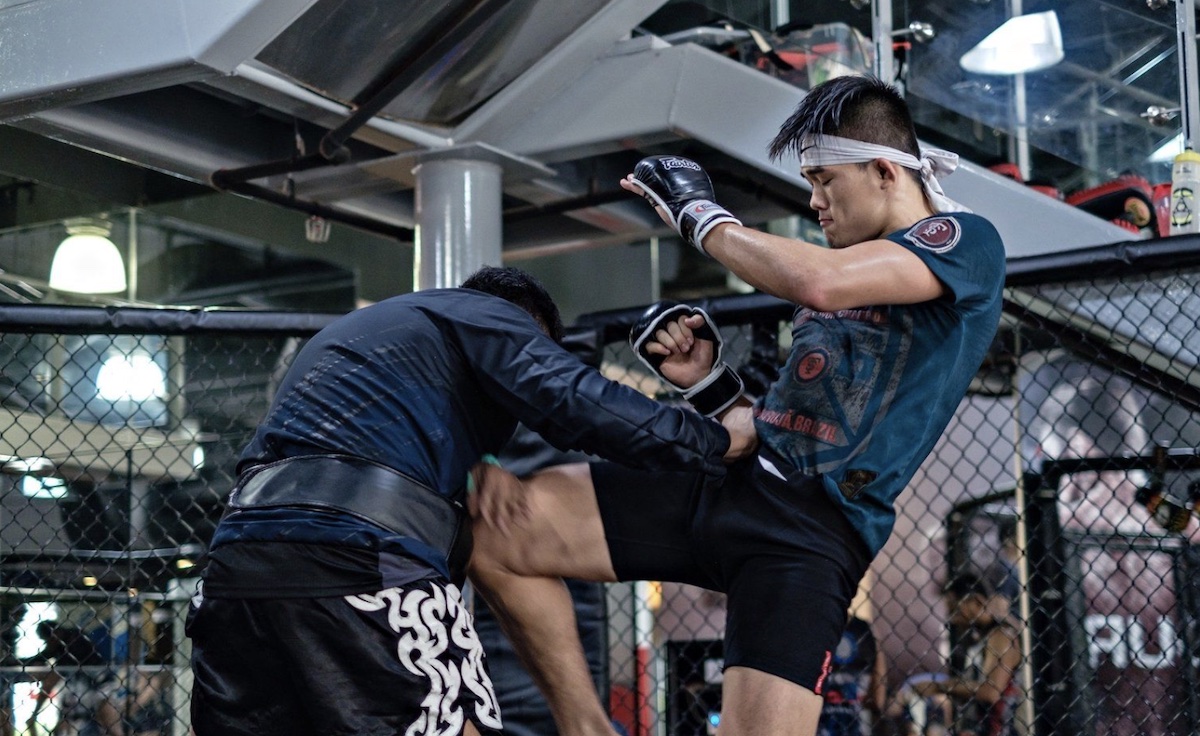
Guest post by Evolve MMA, Asia’s premier championship brand for martial arts. It has the most number of World Champions on the planet. Named as the #1 ranked martial arts organization in Asia by CNN, Yahoo! Sports, FOX Sports, Evolve MMA is the top rated martial arts gym in Singapore.
There are many benefits to training martial arts, not the least of which are physical, mental, and spiritual in nature. From the physical improvements, to the enhancement of both your mental and spiritual well-being, martial arts paves the way for people to reach their peak potential.
Martial arts has tremendous health benefits and can get you in the best shape of your life very quickly. It is one of the most effective workouts available. Many practitioners can attest to its incredible health properties and will tell you that by training martial arts, they have never felt better in their entire lives.
Achieving your fitness goals and getting your dream body takes a lot of effort. It involves absolutely no magic and it certainly isn’t easy. In this day and age, where obesity and heart disease run rampant, everyone wants to lead a healthy lifestyle.
Physical exercise, is, of course, a primary component of good health. Given that martial arts has many benefits, it is a great thing for you to try. Let’s check out the reasons why.
Today, Evolve Daily shares The Top 6 Health Benefits Of Martial Arts.
1) It Helps You Lead A Healthy Lifestyle
Those who are looking to lead healthier lifestyles should look no further. Martial arts is the perfect catalyst for getting the most out of life physically, mentally, and spiritually. It teaches you to discipline yourself when it comes to making decisions on nutrition, rest, and recovery.
Because it is such an intense physical workout, martial arts encourages you to eat clean. Improving your diet becomes second nature because your body will require more energy in general, just to perform many of martial arts’ various techniques. Secondly, martial arts improves your mental health because it teaches you how to meditate and draw upon your spiritual energy.
Through physical exercise and proper breathing, the body releases a healthy amount of endorphins, and we feel stronger, fitter, and healthier each day. In this way, martial arts benefits your life whether you want to shed some unwanted weight or reach a desired fitness goal.
2) It Gives You Supreme Self-Confidence
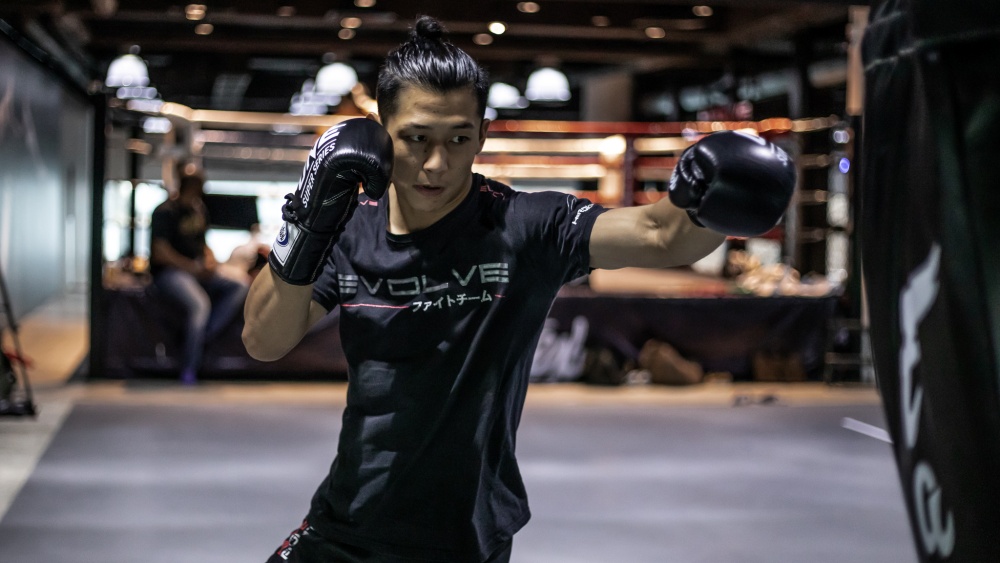
One of the many great benefits of martial arts training is the development of a solid sense of confidence.
Martial arts and its techniques requires a certain degree of patience and attention to detail. The many moves in various disciplines take years to master. However, once students are able to learn the techniques, there is a sense of accomplishment. This sense of accomplishment empowers us with self-esteem and confidence.
Because martial arts will push our limits as humans, a person can discover a great deal about himself during training. Of course, knowing more about ourselves makes us more confident within our own skin. Knowing that we have the ability to defend ourselves and being confident in our abilities is certainly an awesome feeling.
This acquired confidence through martial arts also permeates into our daily lives, whether it is at the office or in the classroom. Self-confidence is an incredible by-product of martial arts training.
3) Experience Weight Loss As You Get In The Best Shape Of Your Life
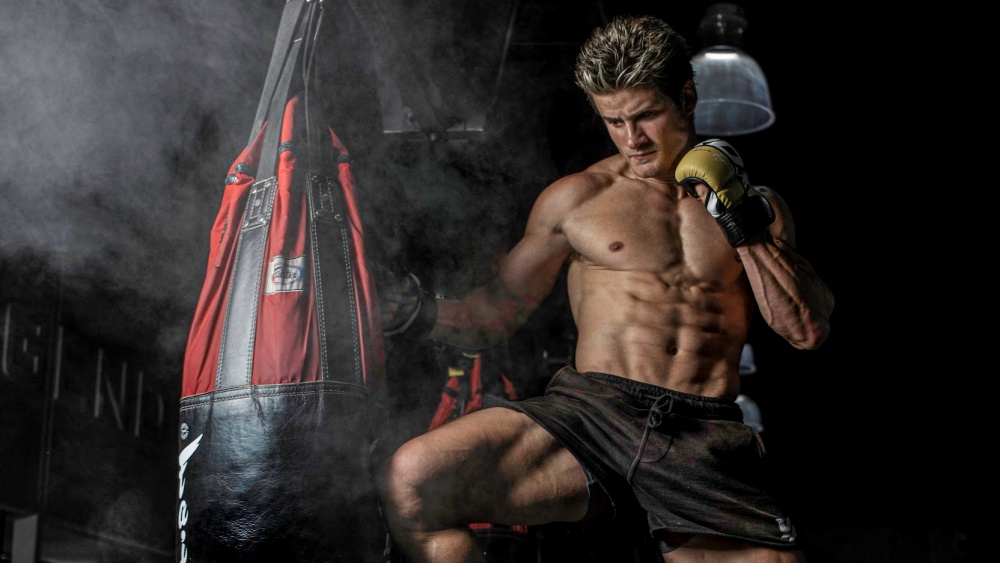
Due to the development of unhealthy eating habits, making poor nutritional decisions, our obsession with fat and sugar, and simply not getting enough vital nutrients, a lot of us are battling obesity. It is an epidemic that has quickly spread throughout the world over the past two decades.
Many diseases are associated with obesity, such as cancer, diabetes, and heart disease. This is why it is important for us, while we still can, to take action and do something about our health. While it’s not just about the number on the weighing scale, there is a direct correlation between these diseases and the size of our waistlines.
Martial arts is the most complete and effective workout of your life. One of martial arts’ most valuable benefits is allowing you to achieve supreme physical fitness, and empower you with achieving rapid weight loss. If you are looking to shed some unwanted fat, get your life back in order, and knock a few inches off your waistline, then martial arts is perfect for you.
Martial arts isn’t just for learning self-defense, it’s also great for your overall health.
4) It Improves Focus And Stillness
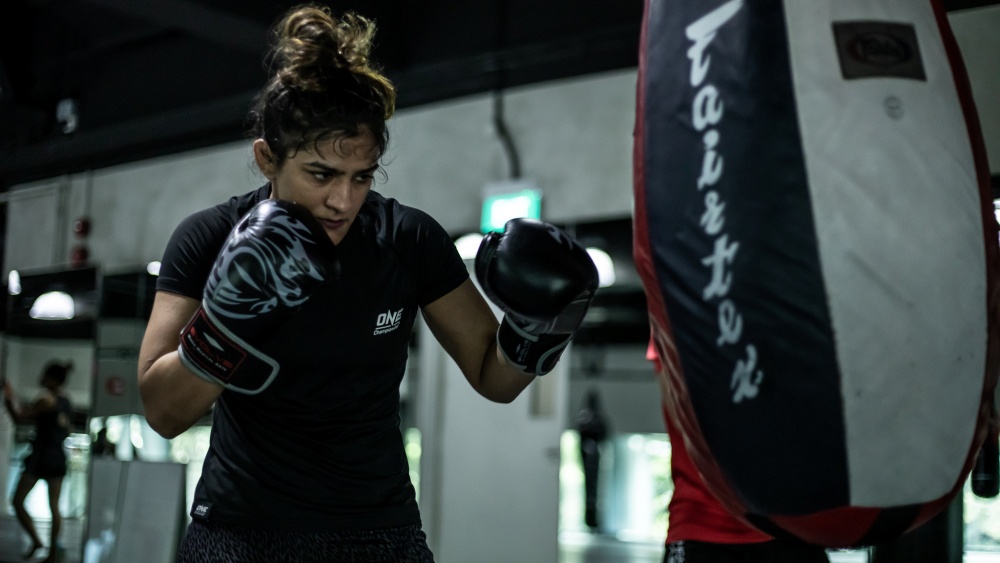
One of the most amazing things about martial arts is that it is not only a rigorous physical activity but also an amazing way to enhance the mind and the body. A great portion of martial arts deals with our mental health and being able to remain focused on our inner being.
In order to get the most out of martial arts, we have to pay attention to our state of mind. This is done through the study of proper breathing techniques, constant meditation, and the practice of martial arts’ various principles throughout our daily lives, namely honor, respect, courage, and perseverance, among others.
Whatever martial art we practice, developing proper technique is a must. In doing this, we actually directly enhance our focus because this synchronizes our mind and body. Because a huge part of martial arts helps us train our bodies and minds to become healthier, we are able to focus harder.
5) It Teaches Great Morals And Values
Ask any real martial artist out there, and they will tell you that the greatest lessons they have learned in life are the lessons they learned during their training. Martial arts is a gift to humankind. It teaches us so many things about life and how things work, it’s no wonder why many people turn to martial arts to give them direction and purpose.
Another amazing thing about martial arts is that it transcends what goes on inside the gym and applies to every aspect of our lives. Whether it is at the office, in the classroom, or in the safe confines of our own homes, martial arts has an enormous impact on an individual.
Yes, the physical endeavor is rigorous and demanding, but it is equally important to recognize that on our journey, we are set to learn the true essence of our discipline. By the time we are skilled enough to call ourselves real martial artists, we will have been imbued with martial arts’ true values.
It takes a special kind of determination to be a real martial artist. The strengths and positive traits we pick during our training journey stay with us throughout our lives.
6) It Improves Your Athleticism
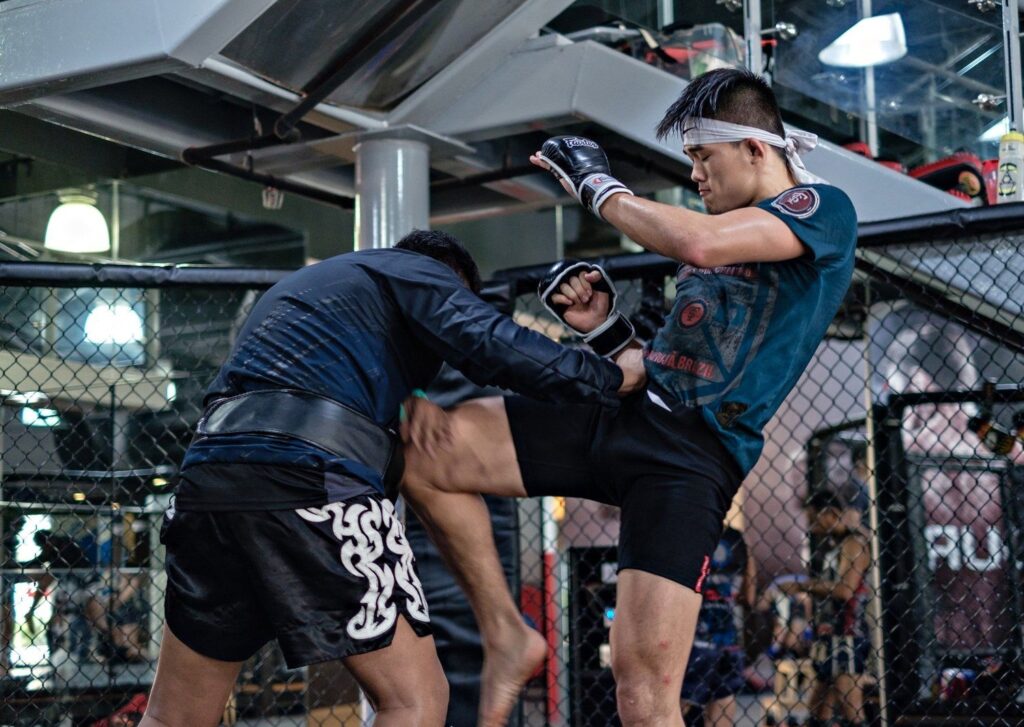
Last but certainly not least, martial arts turns us into supreme athletes. Have you ever wanted to jump higher, run faster, lift heavier, or just become stronger in general? Well, martial arts develops our bodies and brings out our physical potential like no other workout in the world. Because we train our entire body, practicing techniques and mastering the motion, our athleticism is greatly improved.
If you are cross-training in other sports like football, or basketball, or even tennis, the physical enhancement you gain from training in martial arts will prove to be beneficial to your life as an athlete. Many famous sports stars across the world cross-train in martial arts, and for very good reason. It is one of the best ways to engage in tremendous physical exercise.
By training in martial arts, we become athletes in every sense of the word.
Give Martial Arts A Try
Learn to love your body. Treat it well and with the utmost respect and it will reward you with a boundless reservoir of energy, immense wells of strength, and waves of mental fortitude. There are many health benefits to training martial arts, but these are six that are sitting right at the top which can expect to achieve throughout your martial arts journey. So, are you ready to start your martial arts journey and reap these benefits?
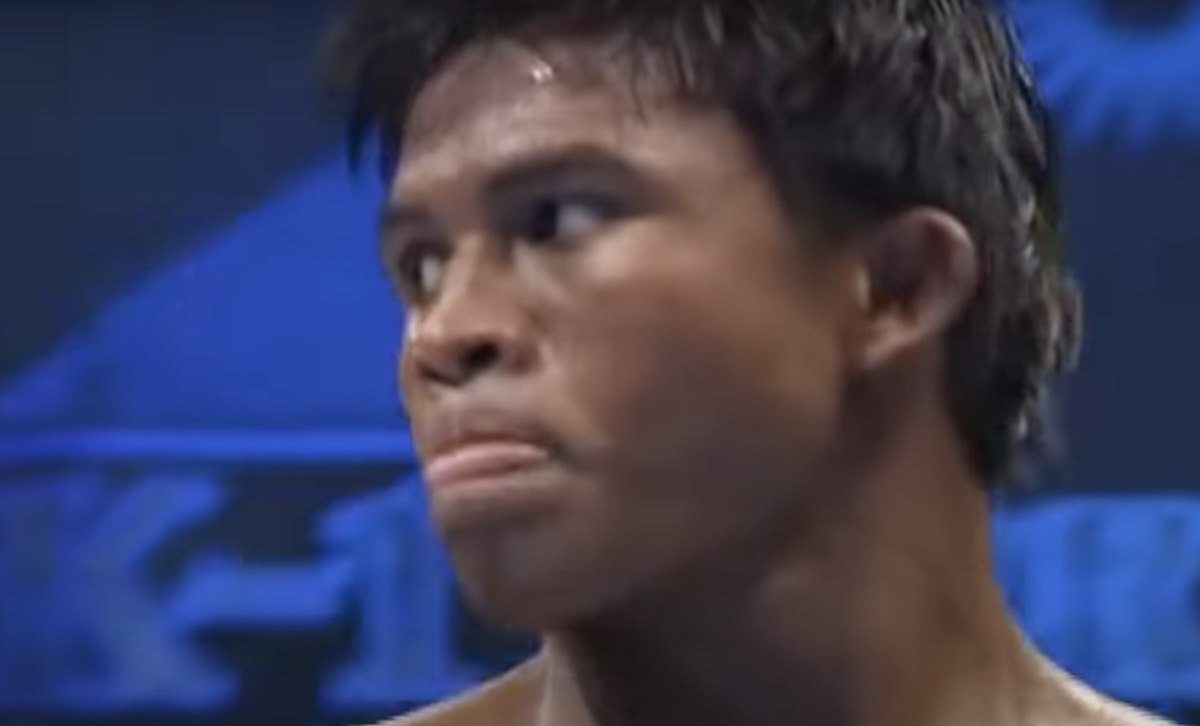 Doing a best Muay Thai fighters list of all time is a daunting challenge for a number of reasons. There’s so many great Thai fighters that you’re liable to forget someone and these types of lists never make everyone happy. The crew at LowKickMMA got together and after a long discussion came up with this […]
Doing a best Muay Thai fighters list of all time is a daunting challenge for a number of reasons. There’s so many great Thai fighters that you’re liable to forget someone and these types of lists never make everyone happy. The crew at LowKickMMA got together and after a long discussion came up with this […]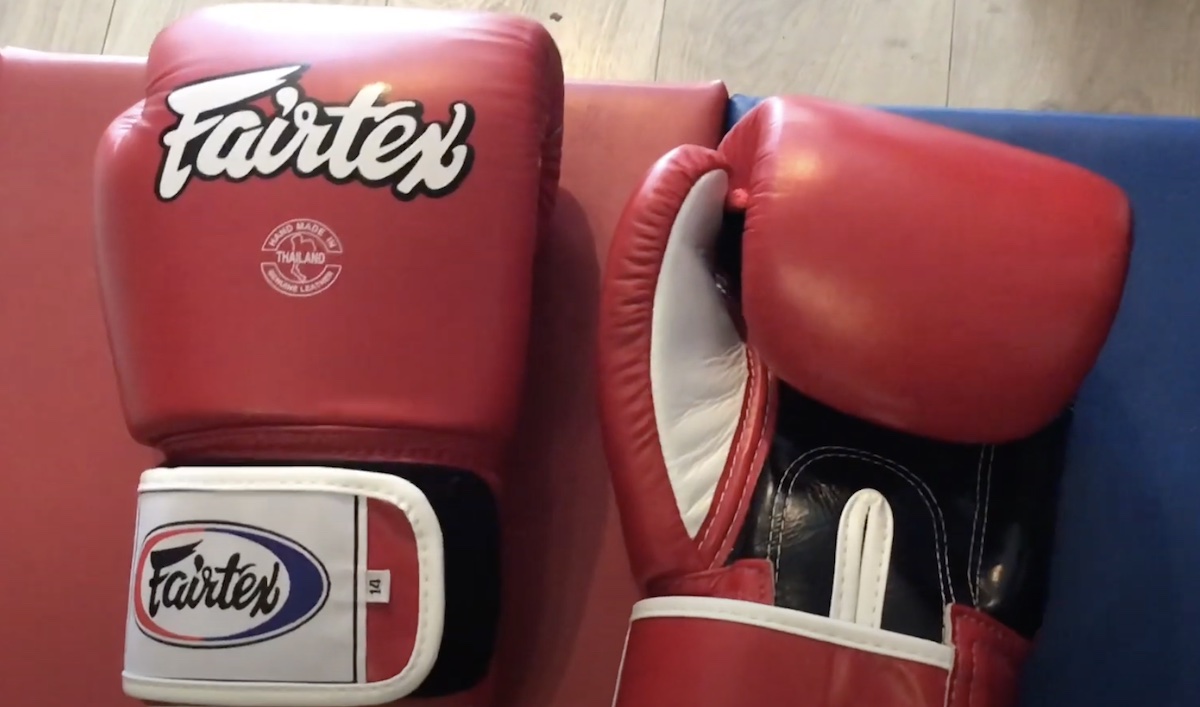 LowkickMMA is here to keep you up to date on everything going on in the MMA and combat sports world. But we also want to give some product recommendations for our readers that train. That is why we have made this list of the best Muay Thai gloves available for purchase today. Below are our […]
LowkickMMA is here to keep you up to date on everything going on in the MMA and combat sports world. But we also want to give some product recommendations for our readers that train. That is why we have made this list of the best Muay Thai gloves available for purchase today. Below are our […]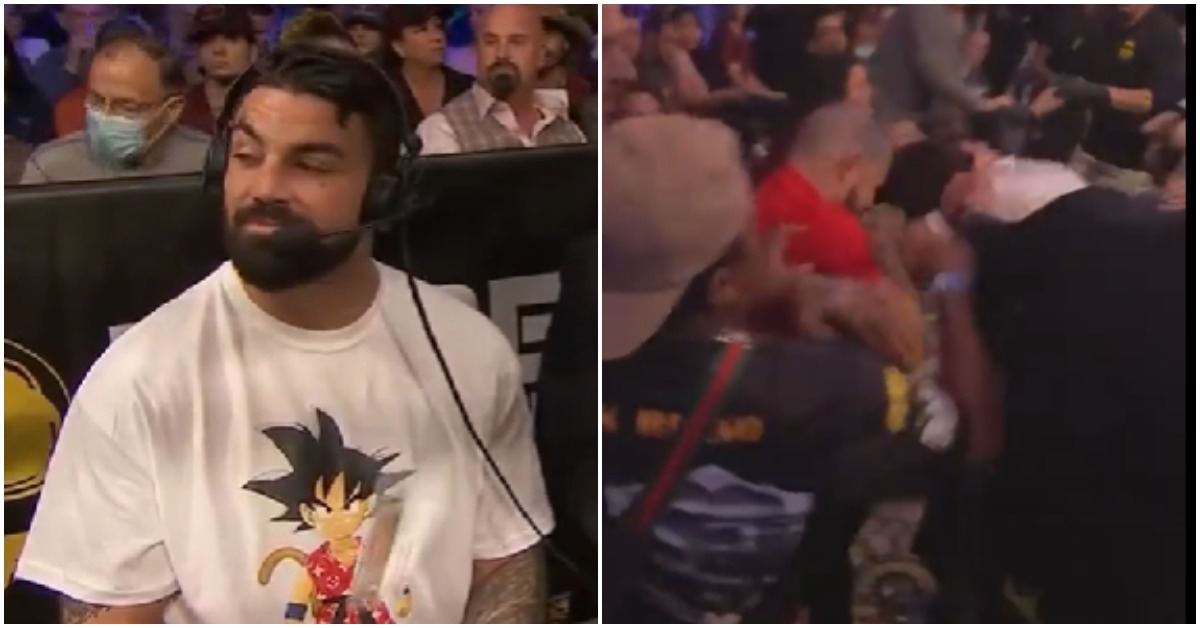 Mike Perry and Julian Lane will take their feud to the ring Feb.19 in BKFC’s second installment of ‘Knucklemania’. Perry and Lane had recently gotten in a scuffle as Perry was guest commentating for a BKFC event. Lane threw something at ‘Platinum’ and hit him in the face and followed up by hurling insults at […]
Mike Perry and Julian Lane will take their feud to the ring Feb.19 in BKFC’s second installment of ‘Knucklemania’. Perry and Lane had recently gotten in a scuffle as Perry was guest commentating for a BKFC event. Lane threw something at ‘Platinum’ and hit him in the face and followed up by hurling insults at […] (via
(via 
